Презентация traumatic shock

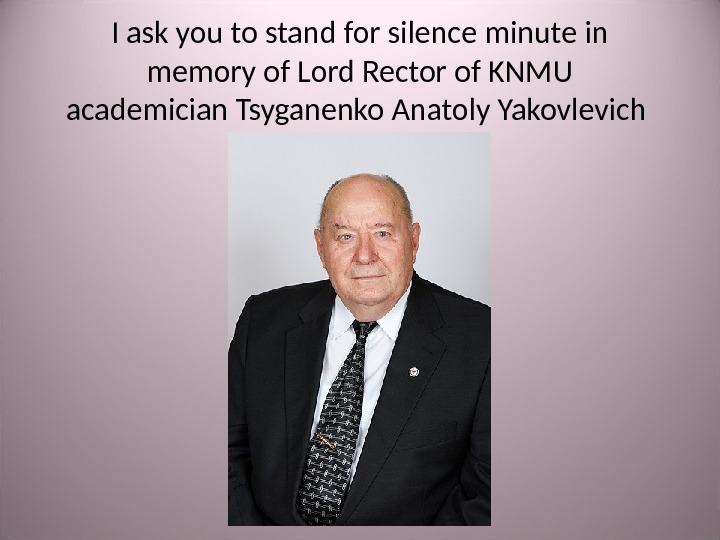

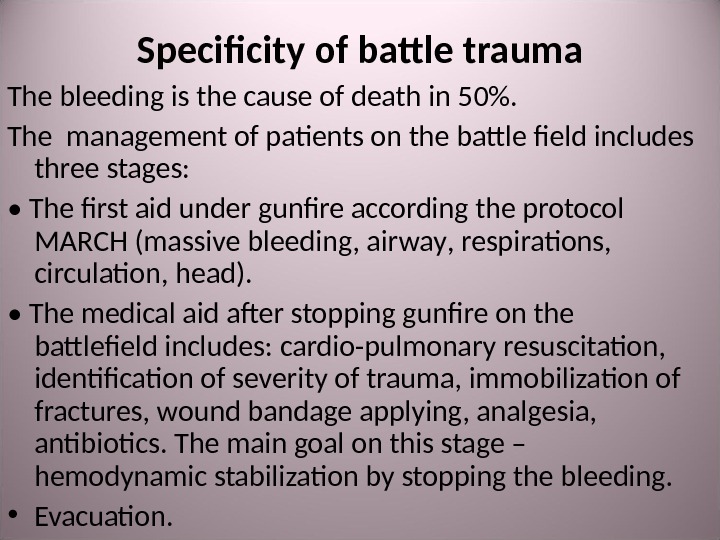
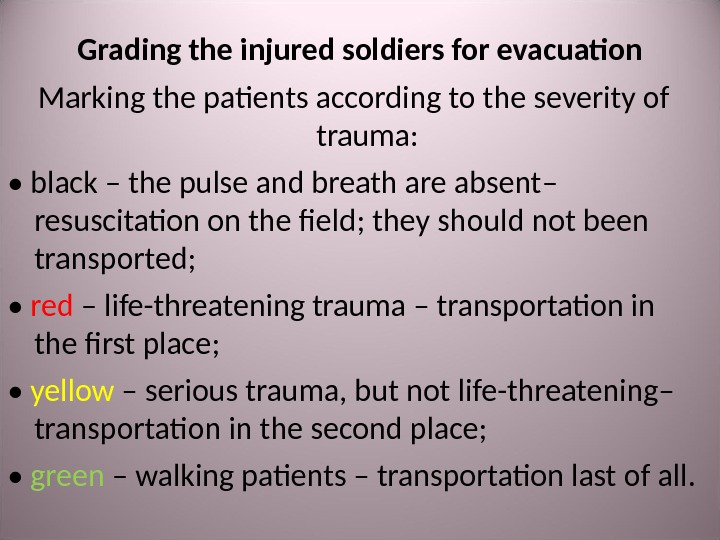
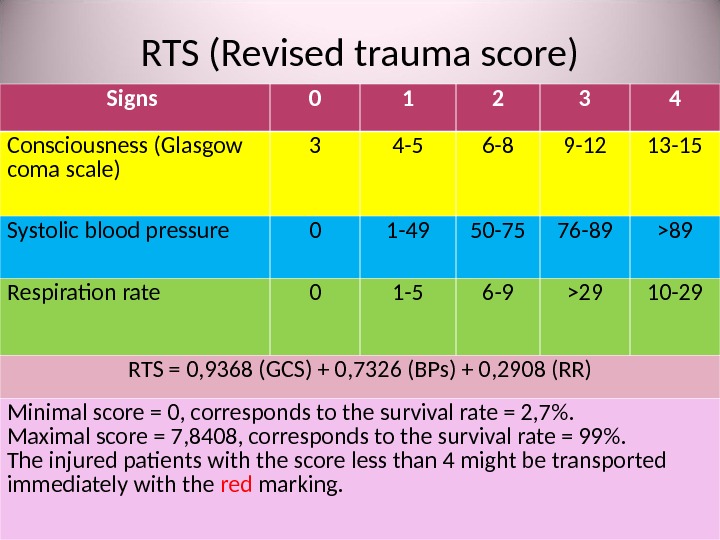
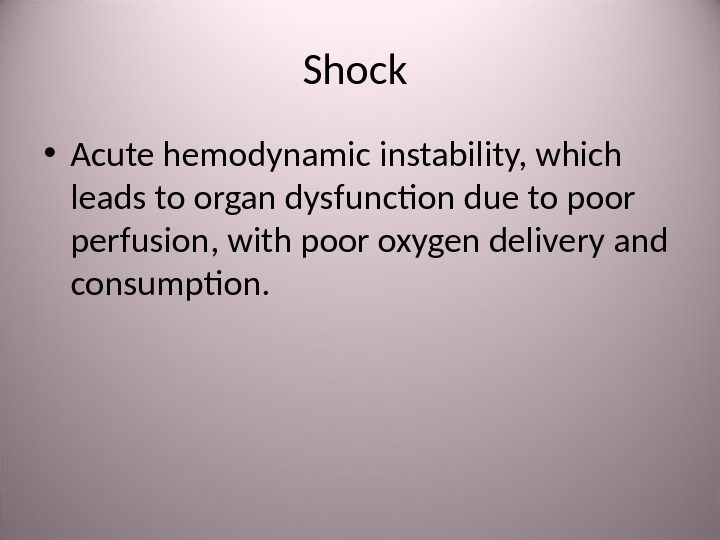
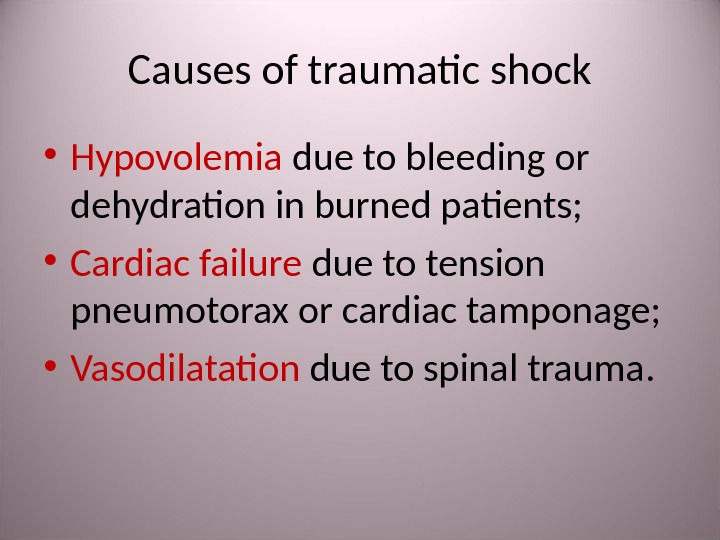
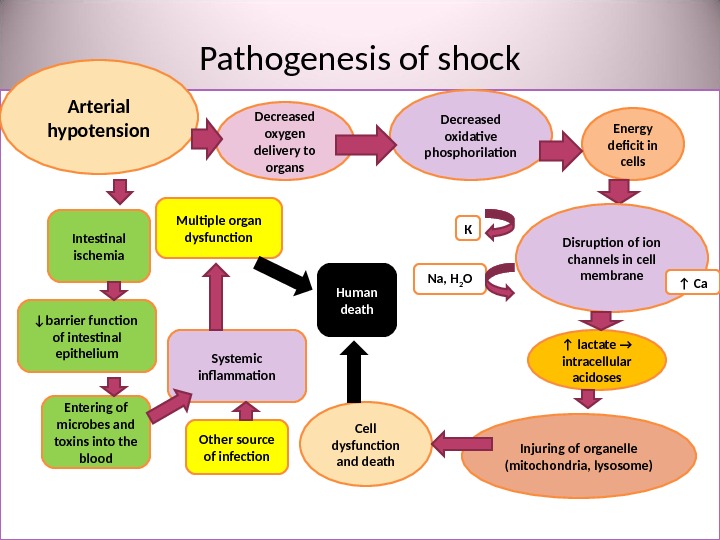
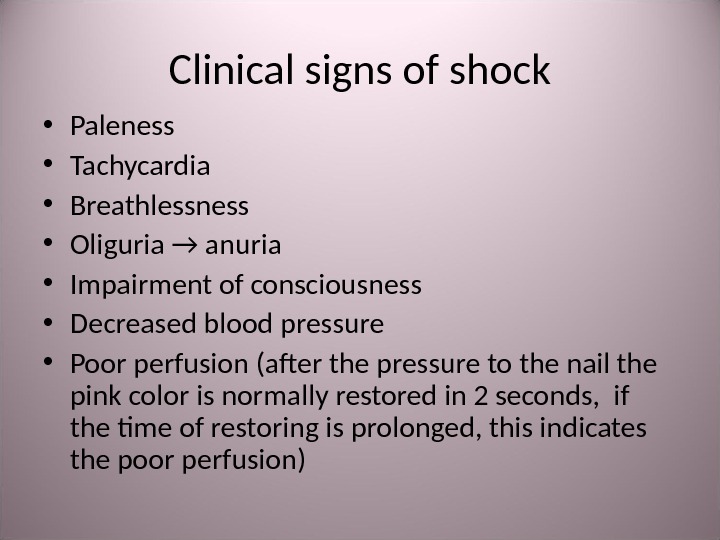
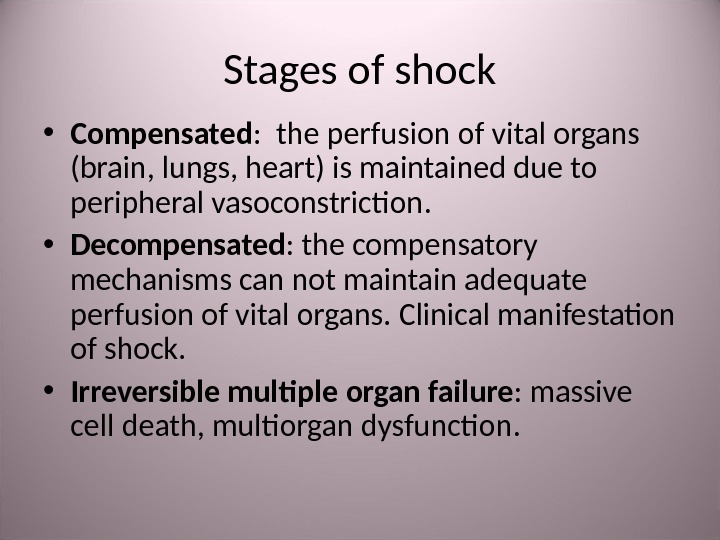
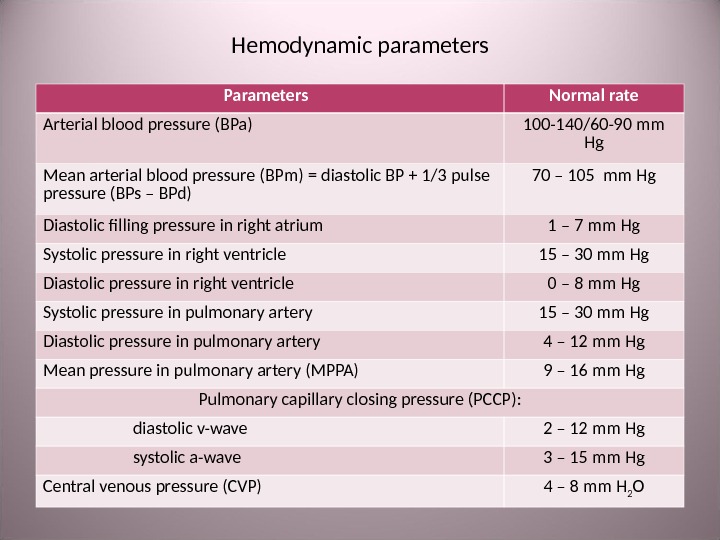
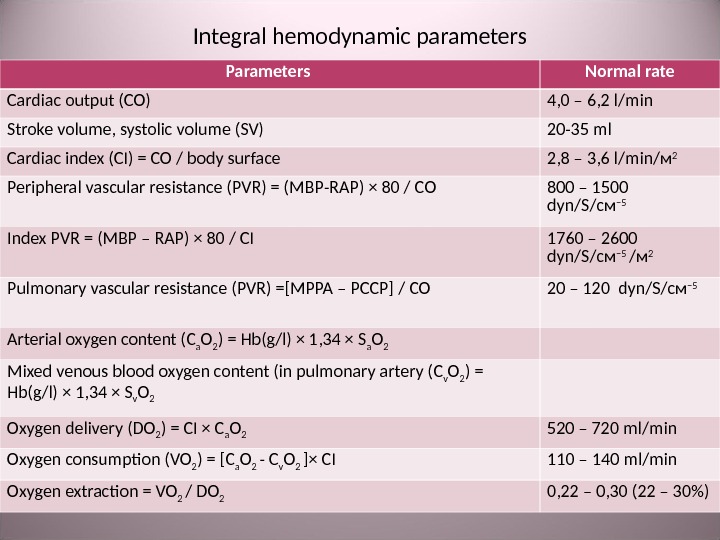
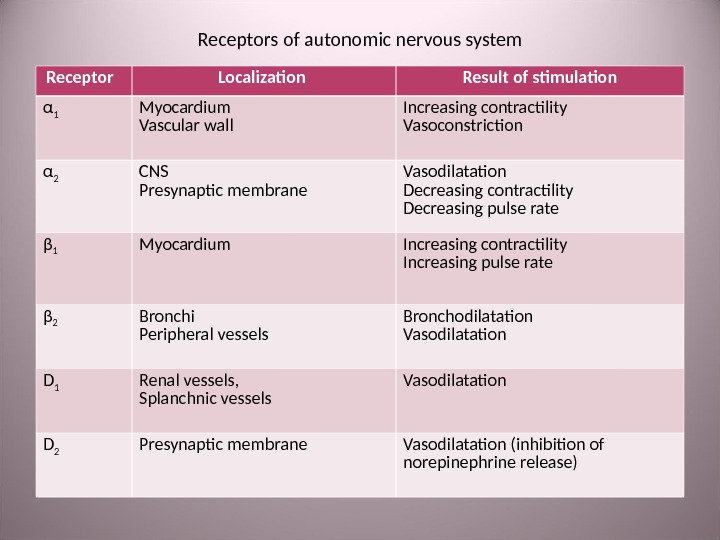
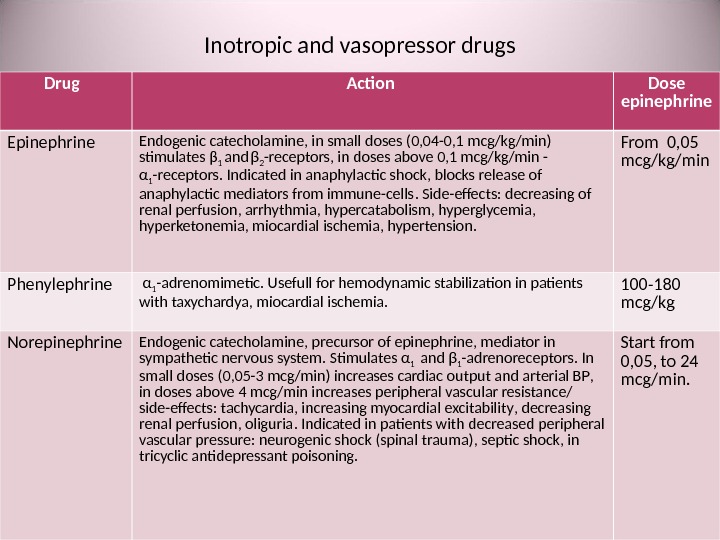
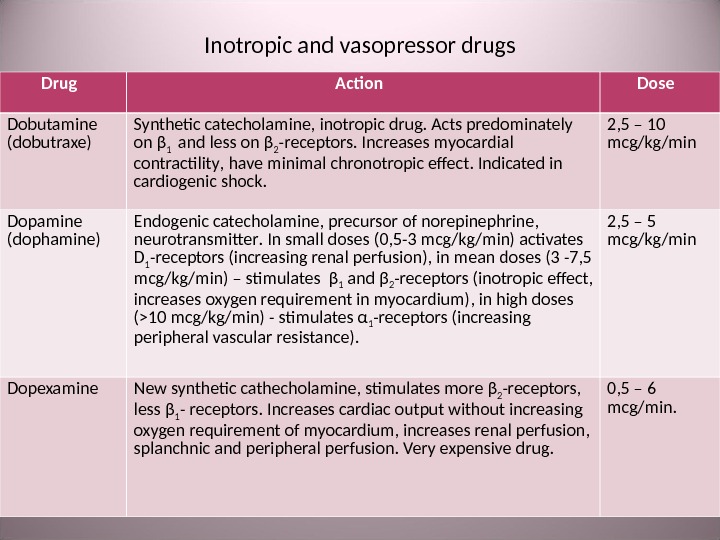
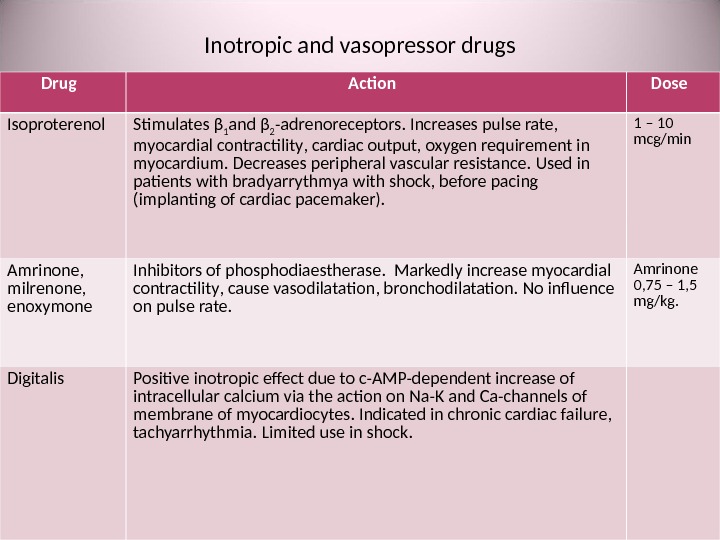

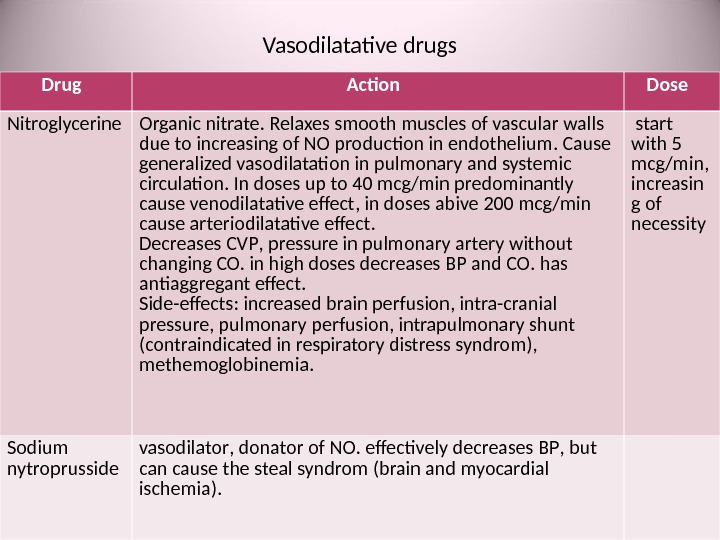
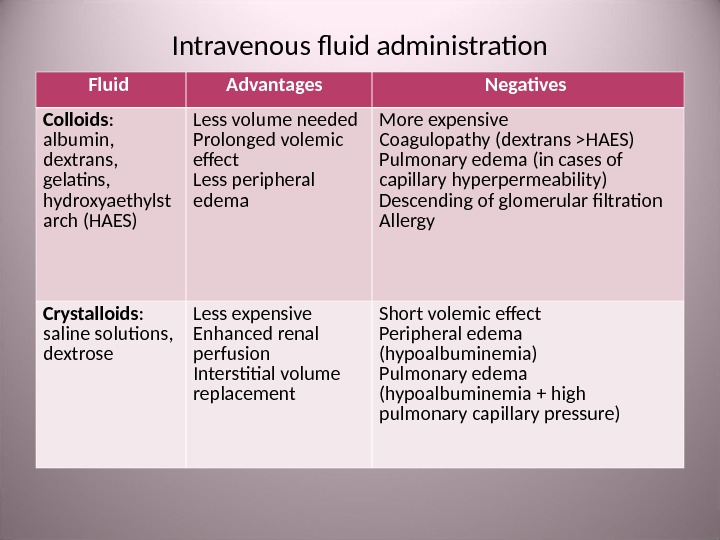
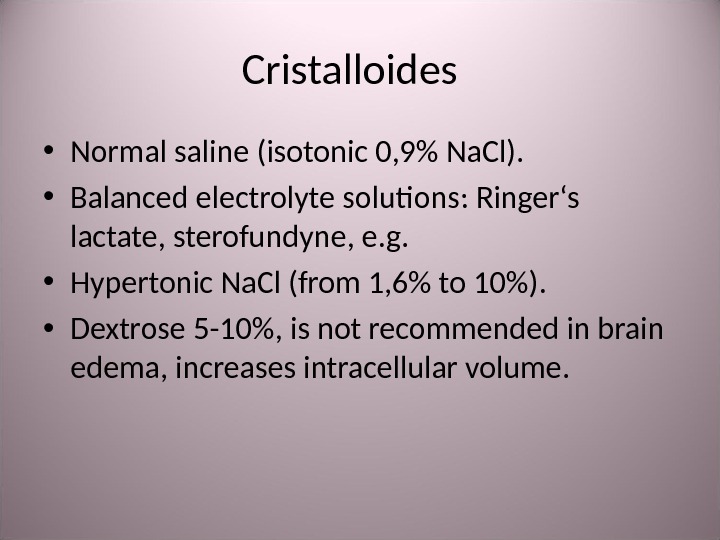

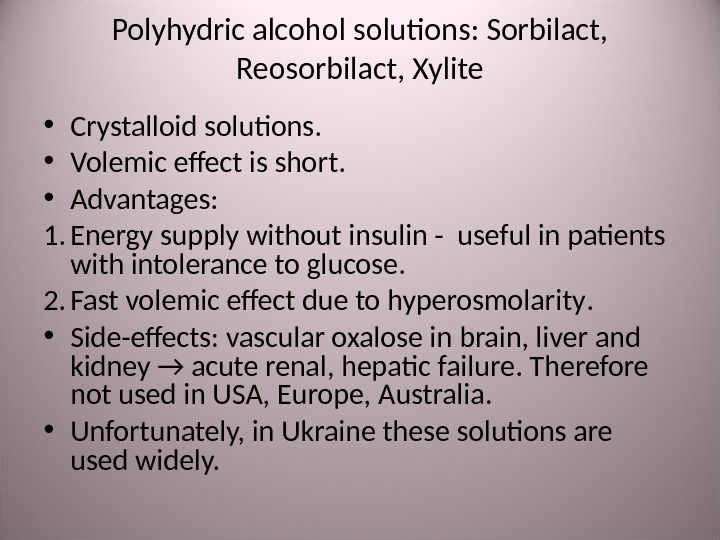



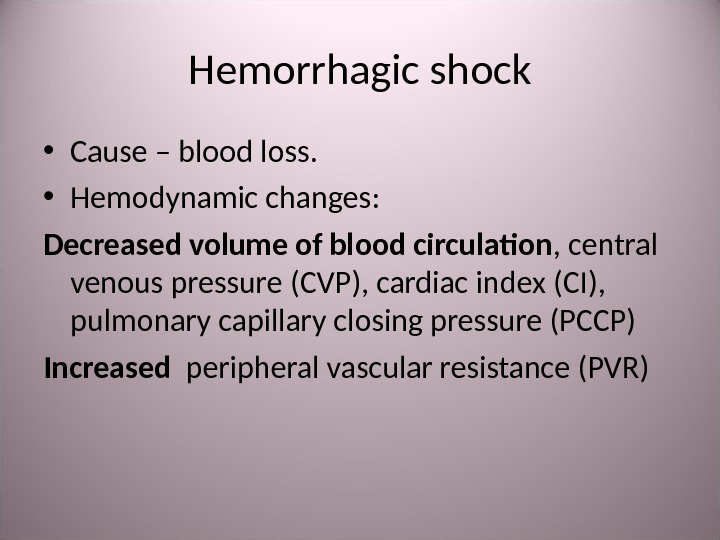
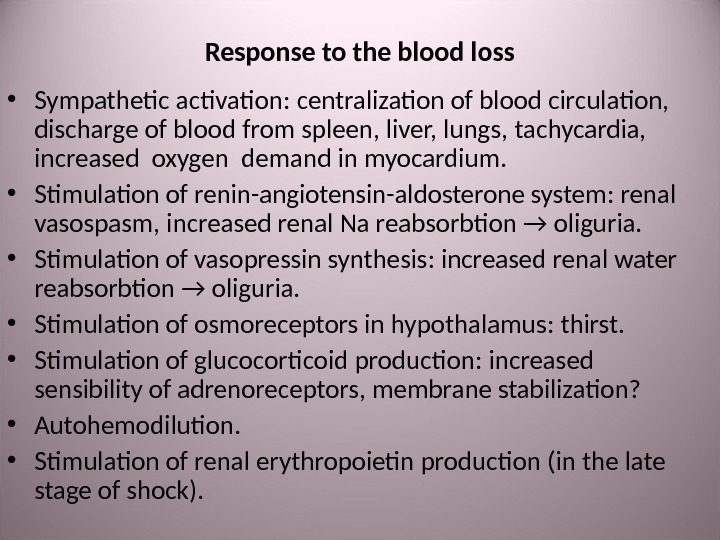
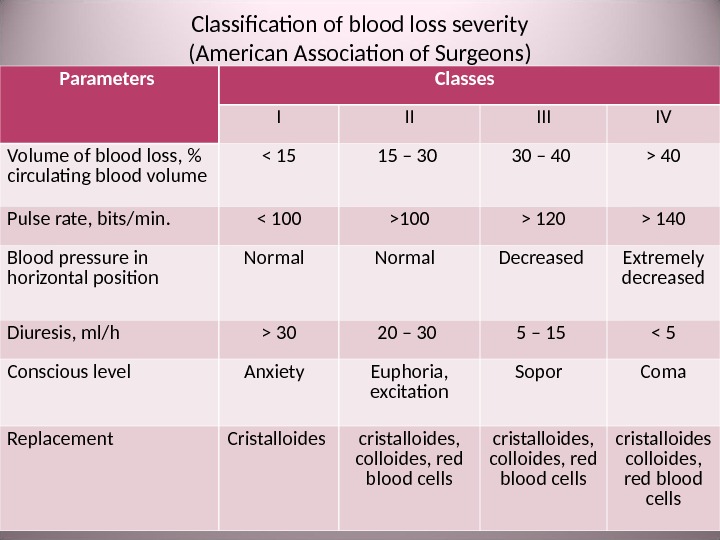

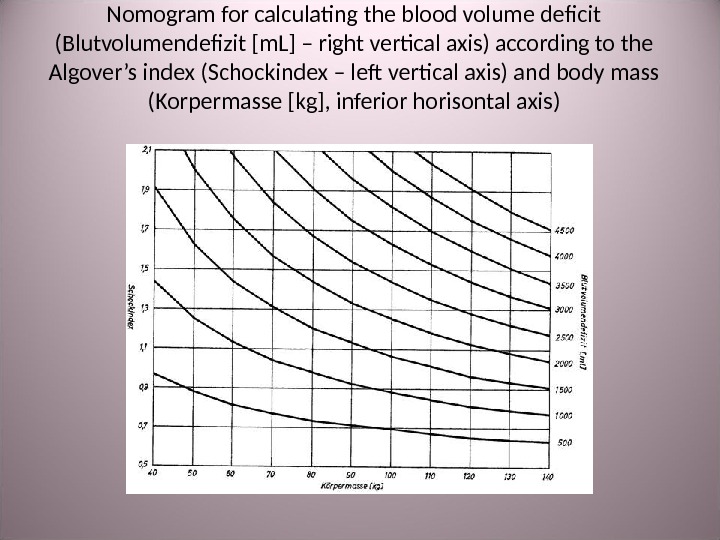
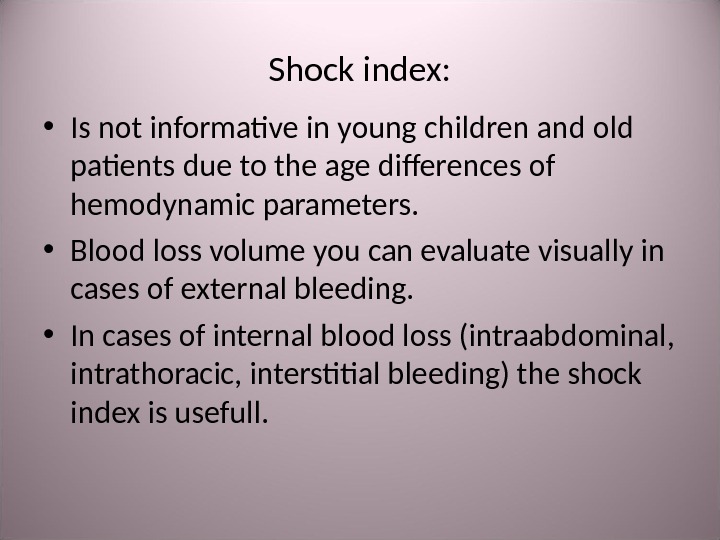

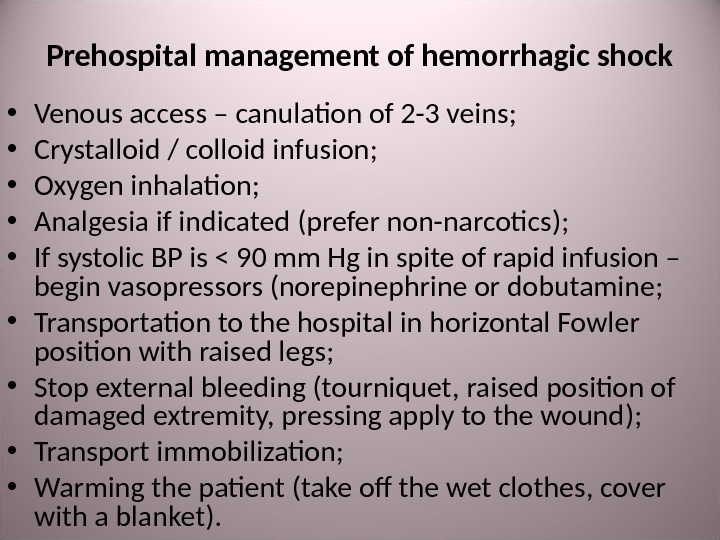


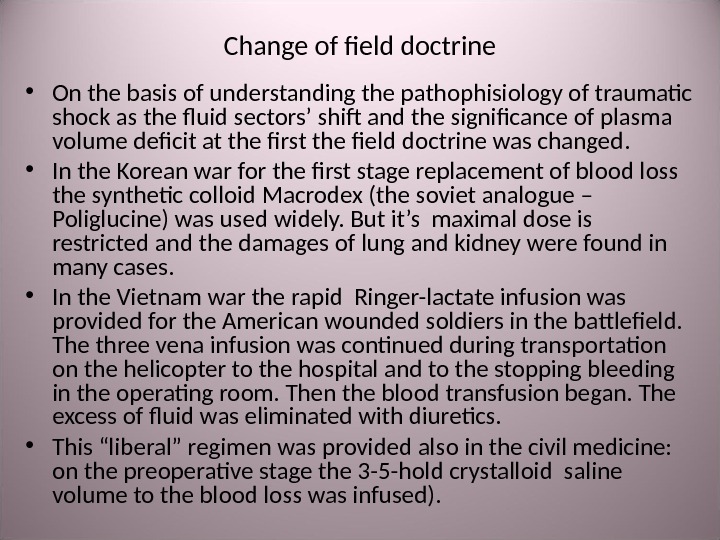
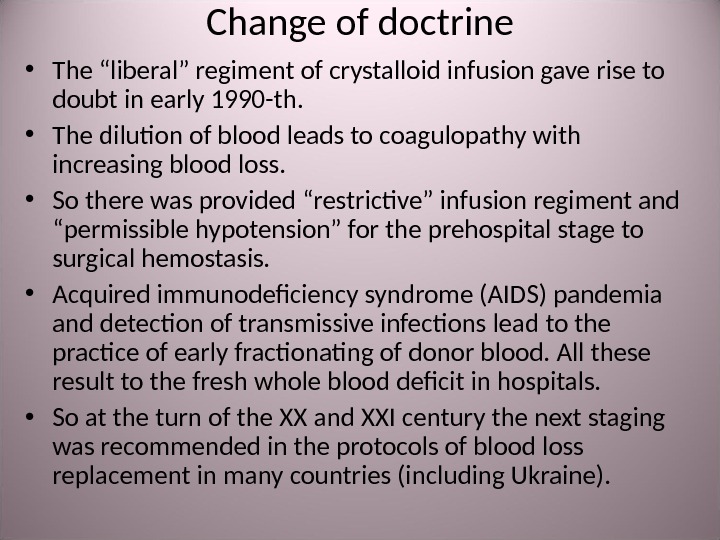
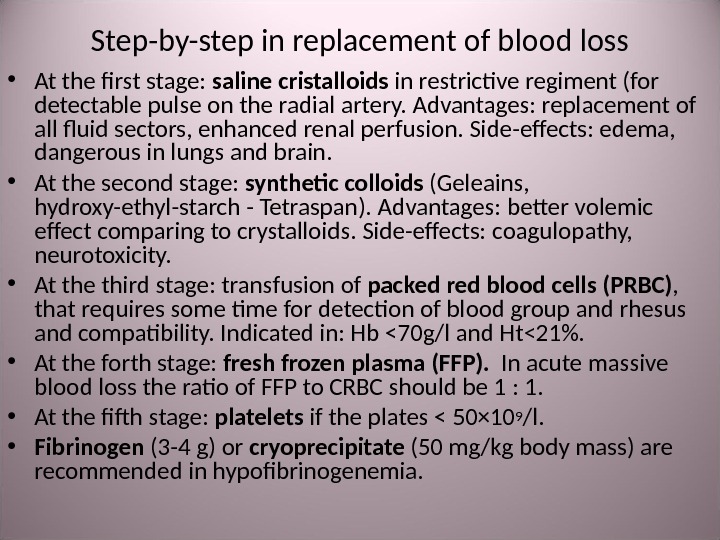


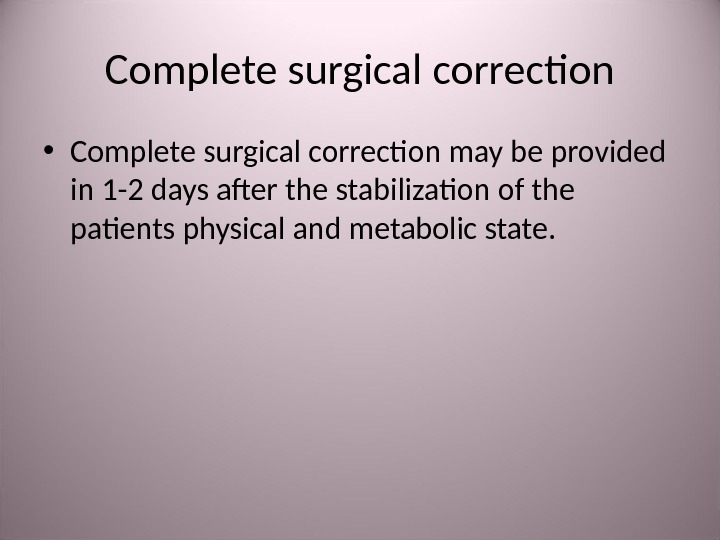




- Размер: 1.4 Mегабайта
- Количество слайдов: 45
Описание презентации Презентация traumatic shock по слайдам
 I ask you to stand for silence minute in memory of Lord Rector of KNMU academician Tsyganenko Anatoly Yakovlevich
I ask you to stand for silence minute in memory of Lord Rector of KNMU academician Tsyganenko Anatoly Yakovlevich
 The traumatic shock. The prehospital management. The blood replacement in trauma patients. Professor of the department of anesthesiology, traumatology and emergency medicine Fesenko Olga Khamitovna
The traumatic shock. The prehospital management. The blood replacement in trauma patients. Professor of the department of anesthesiology, traumatology and emergency medicine Fesenko Olga Khamitovna
 Specificity of battle trauma The bleeding is the cause of death in 5 0%. The management of patients on the battle field includes three stages : • The first aid under gunfire according the protocol M ARCH ( massive bleeding , airway , respirations , circulation , head ). • The medical aid after stopping gunfire on the battlefield includes: cardio-pulmonary resuscitation , identification of severity of trauma , immobilization of fractures , wound bandage applying , analgesia, antibiotics. The main goal on this stage – hemodynamic stabilization by stopping the bleeding. • Evacuation.
Specificity of battle trauma The bleeding is the cause of death in 5 0%. The management of patients on the battle field includes three stages : • The first aid under gunfire according the protocol M ARCH ( massive bleeding , airway , respirations , circulation , head ). • The medical aid after stopping gunfire on the battlefield includes: cardio-pulmonary resuscitation , identification of severity of trauma , immobilization of fractures , wound bandage applying , analgesia, antibiotics. The main goal on this stage – hemodynamic stabilization by stopping the bleeding. • Evacuation.
 Grading the injured soldiers for evacuation Marking the patients according to the severity of trauma : • black – the pulse and breath are absent – resuscitation on the field ; they should not been transported; • red – life-threatening trauma – transportation in the first place ; • yellow – serious trauma , but not life-threatening – transportation in the second place; • green – walking patients – transportation last of all.
Grading the injured soldiers for evacuation Marking the patients according to the severity of trauma : • black – the pulse and breath are absent – resuscitation on the field ; they should not been transported; • red – life-threatening trauma – transportation in the first place ; • yellow – serious trauma , but not life-threatening – transportation in the second place; • green – walking patients – transportation last of all.
 RTS ( Revised trauma score ) Signs 0 1 2 3 4 Consciousness (Glasgow coma scale) 3 4 -5 6 -8 9 -12 13 -15 Systolic blood pressure 0 1 -49 50 -75 76 -89 >89 Respiration rate 0 1 -5 6 -9 >29 10 -29 RTS = 0, 9368 ( GCS ) + 0, 7326 ( BPs ) + 0, 2908 ( RR ) Minimal score = 0 , corresponds to the survival rate = 2, 7 %. Maximal score = 7 , 8408 , corresponds to the survival rate = 99 %. The injured patients with the score less than 4 might be transported immediately with the red marking.
RTS ( Revised trauma score ) Signs 0 1 2 3 4 Consciousness (Glasgow coma scale) 3 4 -5 6 -8 9 -12 13 -15 Systolic blood pressure 0 1 -49 50 -75 76 -89 >89 Respiration rate 0 1 -5 6 -9 >29 10 -29 RTS = 0, 9368 ( GCS ) + 0, 7326 ( BPs ) + 0, 2908 ( RR ) Minimal score = 0 , corresponds to the survival rate = 2, 7 %. Maximal score = 7 , 8408 , corresponds to the survival rate = 99 %. The injured patients with the score less than 4 might be transported immediately with the red marking.
 Shock • Acute hemodynamic instability, which leads to organ dysfunction due to poor perfusion , with poor oxygen delivery and consumption.
Shock • Acute hemodynamic instability, which leads to organ dysfunction due to poor perfusion , with poor oxygen delivery and consumption.
 Causes of traumatic shock • Hypovolemia due to bleeding or dehydration in burned patients; • Cardiac failure due to tension pneumotorax or cardiac tamponage; • Vasodilatation due to spinal trauma.
Causes of traumatic shock • Hypovolemia due to bleeding or dehydration in burned patients; • Cardiac failure due to tension pneumotorax or cardiac tamponage; • Vasodilatation due to spinal trauma.
 Pathogenesis of shock • утрата Arterial hypotension Decreased oxygen delivery to organs Decreased oxidative phosphorilation Energy deficit in cells Cell dysfunction and death Disruption of ion channels in cell membrane. К Na, H 2 O ↑ Са ↑ lactate → intracellular acidoses Injuring of organelle (mitochondria, lysosome) Intestinal ischemia ↓ barrier function of intestinal epithelium Entering of microbes and toxins into the blood Systemic inflammation. Multiple organ dysfunction Human death Other source of infection
Pathogenesis of shock • утрата Arterial hypotension Decreased oxygen delivery to organs Decreased oxidative phosphorilation Energy deficit in cells Cell dysfunction and death Disruption of ion channels in cell membrane. К Na, H 2 O ↑ Са ↑ lactate → intracellular acidoses Injuring of organelle (mitochondria, lysosome) Intestinal ischemia ↓ barrier function of intestinal epithelium Entering of microbes and toxins into the blood Systemic inflammation. Multiple organ dysfunction Human death Other source of infection
 Clinical signs of shock • Paleness • Tachycardia • Breathlessness • Oliguria → anuria • Impairment of consciousness • Decreased blood pressure • Poor perfusion ( after the pressure to the nail the pink color is normally restored in 2 seconds, if the time of restoring is prolonged, this indicates the poor perfusion )
Clinical signs of shock • Paleness • Tachycardia • Breathlessness • Oliguria → anuria • Impairment of consciousness • Decreased blood pressure • Poor perfusion ( after the pressure to the nail the pink color is normally restored in 2 seconds, if the time of restoring is prolonged, this indicates the poor perfusion )
 Stages of shock • Compensated : the perfusion of vital organs (brain, lungs, heart) is maintained due to peripheral vasoconstriction. • Decompensated : the compensatory mechanisms can not maintain adequate perfusion of vital organs. Clinical manifestation of shock. • Irreversible multiple organ failure : massive cell death, multiorgan dysfunction.
Stages of shock • Compensated : the perfusion of vital organs (brain, lungs, heart) is maintained due to peripheral vasoconstriction. • Decompensated : the compensatory mechanisms can not maintain adequate perfusion of vital organs. Clinical manifestation of shock. • Irreversible multiple organ failure : massive cell death, multiorgan dysfunction.
 Hemodynamic parameters Parameters Normal rate Arterial blood pressure (BPa) 100 -140/60 -90 mm Hg Mean arterial blood pressure (BPm) = diastolic BP + 1/3 pulse pressure (BPs – BPd) 70 – 105 mm Hg Diastolic filling pressure in right atrium 1 – 7 mm Hg Systolic pressure in right ventricle 15 – 30 mm Hg Diastolic pressure in right ventricle 0 – 8 mm Hg Systolic pressure in pulmonary artery 15 – 30 mm Hg Diastolic pressure in pulmonary artery 4 – 12 mm Hg Mean pressure in pulmonary artery (MPPA) 9 – 16 mm Hg Pulmonary capillary closing pressure (PCCP) : diastolic v-wave 2 – 12 mm Hg systolic а- wave 3 – 15 mm Hg Central venous pressure (CVP) 4 – 8 mm H 2 O
Hemodynamic parameters Parameters Normal rate Arterial blood pressure (BPa) 100 -140/60 -90 mm Hg Mean arterial blood pressure (BPm) = diastolic BP + 1/3 pulse pressure (BPs – BPd) 70 – 105 mm Hg Diastolic filling pressure in right atrium 1 – 7 mm Hg Systolic pressure in right ventricle 15 – 30 mm Hg Diastolic pressure in right ventricle 0 – 8 mm Hg Systolic pressure in pulmonary artery 15 – 30 mm Hg Diastolic pressure in pulmonary artery 4 – 12 mm Hg Mean pressure in pulmonary artery (MPPA) 9 – 16 mm Hg Pulmonary capillary closing pressure (PCCP) : diastolic v-wave 2 – 12 mm Hg systolic а- wave 3 – 15 mm Hg Central venous pressure (CVP) 4 – 8 mm H 2 O
 Integral hemodynamic parameters Parameters Normal rate Cardiac output (С O ) 4, 0 – 6, 2 l / min Stroke volume, systolic volume ( SV ) 20 -35 ml Cardiac index (С I ) = С O / body surface 2, 8 – 3, 6 l / min /м 2 Peripheral vascular resistance ( PVR ) = ( MBP — RAP ) × 80 / С O 800 – 1500 dyn / S /см – 5 Index PVR = ( MBP – RAP ) × 80 / С I 1760 – 2600 dyn / S /см – 5 /м 2 Pulmonary vascular resistance ( PVR ) = [MPPA – PCCP] / С O 20 – 120 dyn / S /см – 5 Arterial oxygen content (С а О 2 ) = Hb(g / l) × 1, 34 × S а О 2 Mixed venous blood oxygen content (in pulmonary artery ( С v О 2 ) = Hb(g / l) × 1, 34 × S v О 2 Oxygen delivery ( DO 2 ) = С I × С а О 2 520 – 720 ml / min Oxygen consumption ( VO 2 ) = [ С а О 2 — C v O 2 ] × С I 110 – 140 ml / min Oxygen extraction = VO 2 / DO 2 0, 22 – 0, 30 (22 – 30%)
Integral hemodynamic parameters Parameters Normal rate Cardiac output (С O ) 4, 0 – 6, 2 l / min Stroke volume, systolic volume ( SV ) 20 -35 ml Cardiac index (С I ) = С O / body surface 2, 8 – 3, 6 l / min /м 2 Peripheral vascular resistance ( PVR ) = ( MBP — RAP ) × 80 / С O 800 – 1500 dyn / S /см – 5 Index PVR = ( MBP – RAP ) × 80 / С I 1760 – 2600 dyn / S /см – 5 /м 2 Pulmonary vascular resistance ( PVR ) = [MPPA – PCCP] / С O 20 – 120 dyn / S /см – 5 Arterial oxygen content (С а О 2 ) = Hb(g / l) × 1, 34 × S а О 2 Mixed venous blood oxygen content (in pulmonary artery ( С v О 2 ) = Hb(g / l) × 1, 34 × S v О 2 Oxygen delivery ( DO 2 ) = С I × С а О 2 520 – 720 ml / min Oxygen consumption ( VO 2 ) = [ С а О 2 — C v O 2 ] × С I 110 – 140 ml / min Oxygen extraction = VO 2 / DO 2 0, 22 – 0, 30 (22 – 30%)
 Receptors of autonomic nervous system Receptor Localization Result of stimulation α 1 Myocardium Vascular wall Increasing contractility Vasoconstriction α 2 CNS Presynaptic membrane Vasodilatation Decreasing contractility Decreasing pulse rate β 1 М yocardium Increasing contractility Increasing pulse rate β 2 Bronchi Peripheral vessels Bronchodilatation Vasodilatation D 1 Renal vessels , Splanchnic vessels Vasodilatation D 2 Presynaptic membrane Vasodilatation ( inhibition of norepinephrine release )
Receptors of autonomic nervous system Receptor Localization Result of stimulation α 1 Myocardium Vascular wall Increasing contractility Vasoconstriction α 2 CNS Presynaptic membrane Vasodilatation Decreasing contractility Decreasing pulse rate β 1 М yocardium Increasing contractility Increasing pulse rate β 2 Bronchi Peripheral vessels Bronchodilatation Vasodilatation D 1 Renal vessels , Splanchnic vessels Vasodilatation D 2 Presynaptic membrane Vasodilatation ( inhibition of norepinephrine release )
 Inotropic and vasopressor drugs Drug Action Dose epinephrine Endogenic catecholamine , in small doses (0, 04 -0, 1 mcg / kg / min ) stimulates β 1 and β 2 — receptors , in doses above 0, 1 mcg / kg / min — α 1 — receptors. Indicated in anaphylactic shock , blocks release of anaphylactic mediators from immune-cells. Side-effects : decreasing of renal perfusion , arrhythmia , hypercatabolism, hyperglycemia , hyperketonemia, miocardial ischemia, hypertension. From 0, 05 mcg / kg / min Phenylephrine α 1 — adrenomimetic. Usefull for hemodynamic stabilization in patients with taxychardya, miocardial ischemia. 100 -180 mcg / kg Norepinephrine Endogenic catecholamine , precursor of epinephrine , mediator in sympathetic nervous system. Stimulates α 1 and β 1 — adrenoreceptors. In small doses (0, 05 -3 mcg / min ) increases cardiac output and arterial BP , in doses above 4 mcg / min increases peripheral vascular resistance/ side-effects : tachycardia , increasing myocardial excitability , decreasing renal perfusion , oliguria. Indicated in patients with decreased peripheral vascular pressure : neurogenic shock (spinal trauma) , septic shock , in tricyclic antidepressant poisoning. Start from 0, 05, t о 24 mcg / min.
Inotropic and vasopressor drugs Drug Action Dose epinephrine Endogenic catecholamine , in small doses (0, 04 -0, 1 mcg / kg / min ) stimulates β 1 and β 2 — receptors , in doses above 0, 1 mcg / kg / min — α 1 — receptors. Indicated in anaphylactic shock , blocks release of anaphylactic mediators from immune-cells. Side-effects : decreasing of renal perfusion , arrhythmia , hypercatabolism, hyperglycemia , hyperketonemia, miocardial ischemia, hypertension. From 0, 05 mcg / kg / min Phenylephrine α 1 — adrenomimetic. Usefull for hemodynamic stabilization in patients with taxychardya, miocardial ischemia. 100 -180 mcg / kg Norepinephrine Endogenic catecholamine , precursor of epinephrine , mediator in sympathetic nervous system. Stimulates α 1 and β 1 — adrenoreceptors. In small doses (0, 05 -3 mcg / min ) increases cardiac output and arterial BP , in doses above 4 mcg / min increases peripheral vascular resistance/ side-effects : tachycardia , increasing myocardial excitability , decreasing renal perfusion , oliguria. Indicated in patients with decreased peripheral vascular pressure : neurogenic shock (spinal trauma) , septic shock , in tricyclic antidepressant poisoning. Start from 0, 05, t о 24 mcg / min.
 Inotropic and vasopressor drugs Drug Action Dose Dobutamine ( dobutraxe) Synthetic catecholamine , inotropic drug. Acts predominately on β 1 and less on β 2 — receptors. Increases myocardial contractility , have minimal chronotropic effect. Indicated in cardiogenic shock. 2, 5 – 10 mcg / kg / min Dopamine ( dophamine ) Endogenic catecholamine , precursor of norepinephrine , neurotransmitter. In small doses (0, 5 -3 mcg / kg / min ) activates D 1 — receptors ( increasing renal perfusion ), in mean doses (3 -7, 5 mcg / kg / min ) – stimulates β 1 and β 2 — receptors ( inotropic effect , increases oxygen requirement in myocardium ), in high doses (>10 mcg / kg / min ) — stimulates α 1 — receptors ( increasing peripheral vascular resistance ). 2, 5 – 5 mcg / kg / min Dopexamine New synthetic cathecholamine , stimulates more β 2 — receptors , less β 1 — receptors. Increases cardiac output without increasing oxygen requirement of myocardium, increases renal perfusion, splanchnic and peripheral perfusion. Very expensive drug. 0, 5 – 6 mcg / min.
Inotropic and vasopressor drugs Drug Action Dose Dobutamine ( dobutraxe) Synthetic catecholamine , inotropic drug. Acts predominately on β 1 and less on β 2 — receptors. Increases myocardial contractility , have minimal chronotropic effect. Indicated in cardiogenic shock. 2, 5 – 10 mcg / kg / min Dopamine ( dophamine ) Endogenic catecholamine , precursor of norepinephrine , neurotransmitter. In small doses (0, 5 -3 mcg / kg / min ) activates D 1 — receptors ( increasing renal perfusion ), in mean doses (3 -7, 5 mcg / kg / min ) – stimulates β 1 and β 2 — receptors ( inotropic effect , increases oxygen requirement in myocardium ), in high doses (>10 mcg / kg / min ) — stimulates α 1 — receptors ( increasing peripheral vascular resistance ). 2, 5 – 5 mcg / kg / min Dopexamine New synthetic cathecholamine , stimulates more β 2 — receptors , less β 1 — receptors. Increases cardiac output without increasing oxygen requirement of myocardium, increases renal perfusion, splanchnic and peripheral perfusion. Very expensive drug. 0, 5 – 6 mcg / min.
 Inotropic and vasopressor drugs Drug Action Dose Isoproterenol Stimulates β 1 and β 2 — adrenoreceptors. Increases pulse rate , myocardial contractility , cardiac output , oxygen requirement in myocardium. Decreases peripheral vascular resistance. Used in patients with bradyarrythmya with shock, before pacing (implanting of cardiac pacemaker). 1 – 10 mcg / min Amrinone , milrenone , enoxymone Inhibitors of phosphodiaestherase. Markedly increase myocardial contractility , cause vasodilatation, bronchodilatation. No influence on pulse rate. Amrinone 0, 75 – 1, 5 mg / kg. Digitalis Positive inotropic effect due to c-AMP-dependent increase of intracellular calcium via the action on Na-K and Ca — channels of membrane of myocardiocytes. Indicated in chronic cardiac failure, tachyarrhythmia. Limited use in shock.
Inotropic and vasopressor drugs Drug Action Dose Isoproterenol Stimulates β 1 and β 2 — adrenoreceptors. Increases pulse rate , myocardial contractility , cardiac output , oxygen requirement in myocardium. Decreases peripheral vascular resistance. Used in patients with bradyarrythmya with shock, before pacing (implanting of cardiac pacemaker). 1 – 10 mcg / min Amrinone , milrenone , enoxymone Inhibitors of phosphodiaestherase. Markedly increase myocardial contractility , cause vasodilatation, bronchodilatation. No influence on pulse rate. Amrinone 0, 75 – 1, 5 mg / kg. Digitalis Positive inotropic effect due to c-AMP-dependent increase of intracellular calcium via the action on Na-K and Ca — channels of membrane of myocardiocytes. Indicated in chronic cardiac failure, tachyarrhythmia. Limited use in shock.
 Reserve inotropic drugs Drug Action Dose Glucagon Intravenous administration cause positive inotropic effect, improves atria-ventricular conductivity without stimulation of β 1 — adrenoreceptors. Used for increasing BP in severe acidosis , β — adrenoblokers overdosing , in ineffective vasopressor therapy. Side-effects : nausea, vomiting, hyperkaliemia , hyperglycemia. At the beginning 1 – 5 mg , then infusion 1 – 20 mg / hour. Vasopressine ( ADG ) Potentiates the effect of norepinephrine, decreases the production of NO — synthetase and activity of ptoteinkynase С. Used lately in cases of cathecholamine-resistent septic shock : increases systolic BP, CI, CO , decreases the dose of norepinephrine. Side-effect: poor gastric and intestinal mucous perfusion. 0, 01 – 0, 04 unit / min Levosymendan Used in acute cardiac failure. Increases cardiac output without increasing the oxygen requirement in myocardium. Cause vasodilatation. On the stage of clinical trial.
Reserve inotropic drugs Drug Action Dose Glucagon Intravenous administration cause positive inotropic effect, improves atria-ventricular conductivity without stimulation of β 1 — adrenoreceptors. Used for increasing BP in severe acidosis , β — adrenoblokers overdosing , in ineffective vasopressor therapy. Side-effects : nausea, vomiting, hyperkaliemia , hyperglycemia. At the beginning 1 – 5 mg , then infusion 1 – 20 mg / hour. Vasopressine ( ADG ) Potentiates the effect of norepinephrine, decreases the production of NO — synthetase and activity of ptoteinkynase С. Used lately in cases of cathecholamine-resistent septic shock : increases systolic BP, CI, CO , decreases the dose of norepinephrine. Side-effect: poor gastric and intestinal mucous perfusion. 0, 01 – 0, 04 unit / min Levosymendan Used in acute cardiac failure. Increases cardiac output without increasing the oxygen requirement in myocardium. Cause vasodilatation. On the stage of clinical trial.
 Vasodilatative drugs Drug Action Dose Nitroglycerine Organic nitrate. Relaxes smooth muscles of vascular walls due to increasing of NO production in endothelium. Cause generalized vasodilatation in pulmonary and systemic circulation. In doses up to 40 mcg / min predominantly cause venodilatative effect , in doses abive 200 mcg / min cause arteriodilatative effect. Decreases CVP , pressure in pulmonary artery without changing CO. in high doses decreases BP and CO. has antiaggregant effect. Side-effects : increased brain perfusion , intra-cranial pressure , pulmonary perfusion , intrapulmonary shunt ( contraindicated in respiratory distress syndrom ), methemoglobinemia. start with 5 mcg / min , increasin g of necessity Sodium nytroprusside vasodilator , donator of NO. effectively decreases BP , but can cause the steal syndrom ( brain and myocardial ischemia ).
Vasodilatative drugs Drug Action Dose Nitroglycerine Organic nitrate. Relaxes smooth muscles of vascular walls due to increasing of NO production in endothelium. Cause generalized vasodilatation in pulmonary and systemic circulation. In doses up to 40 mcg / min predominantly cause venodilatative effect , in doses abive 200 mcg / min cause arteriodilatative effect. Decreases CVP , pressure in pulmonary artery without changing CO. in high doses decreases BP and CO. has antiaggregant effect. Side-effects : increased brain perfusion , intra-cranial pressure , pulmonary perfusion , intrapulmonary shunt ( contraindicated in respiratory distress syndrom ), methemoglobinemia. start with 5 mcg / min , increasin g of necessity Sodium nytroprusside vasodilator , donator of NO. effectively decreases BP , but can cause the steal syndrom ( brain and myocardial ischemia ).
 Intravenous fluid administration Fluid Advantages Negatives Colloids : albumin , dextrans , gelatins , hydroxyaethylst arch (HAES) Less volume needed Prolonged volemic effect Less peripheral edema More expensive Coagulopathy ( dextrans > HAES ) Pulmonary edema ( in cases of capillary hyperpermeability ) Descending of glomerular filtration Allergy Crystalloids : saline solutions , dextrose Less expensive Enhanced renal perfusion Interstitial volume replacement Short volemic effect Peripheral edema ( hypoalbuminemia ) Pulmonary edema ( hypoalbuminemia + high pulmonary capillary pressure )
Intravenous fluid administration Fluid Advantages Negatives Colloids : albumin , dextrans , gelatins , hydroxyaethylst arch (HAES) Less volume needed Prolonged volemic effect Less peripheral edema More expensive Coagulopathy ( dextrans > HAES ) Pulmonary edema ( in cases of capillary hyperpermeability ) Descending of glomerular filtration Allergy Crystalloids : saline solutions , dextrose Less expensive Enhanced renal perfusion Interstitial volume replacement Short volemic effect Peripheral edema ( hypoalbuminemia ) Pulmonary edema ( hypoalbuminemia + high pulmonary capillary pressure )
 Cristalloides • Normal saline ( isotonic 0, 9% Na. Cl ). • Balanced electrolyte solutions : Ringer‘s lactate , sterofundyne, e. g. • Hypertonic Na. Cl ( from 1, 6% t о 10%). • Dextrose 5 -10%, is not recommended in brain edema , increases intracellular volume.
Cristalloides • Normal saline ( isotonic 0, 9% Na. Cl ). • Balanced electrolyte solutions : Ringer‘s lactate , sterofundyne, e. g. • Hypertonic Na. Cl ( from 1, 6% t о 10%). • Dextrose 5 -10%, is not recommended in brain edema , increases intracellular volume.
 Synthetic colloides • Dextrans : Poliglucine , Reopoliglucine • Gelatins : Helafusine, e. g. • Hydroxyaethylstarchs ( HAES ): Haecodez , Refortan , Stabizol , Voluven , Tetrastarch, e. g. Combination: HAES + hypertonic Na. Cl : for “small volume reanimation” – Hyper. HAES
Synthetic colloides • Dextrans : Poliglucine , Reopoliglucine • Gelatins : Helafusine, e. g. • Hydroxyaethylstarchs ( HAES ): Haecodez , Refortan , Stabizol , Voluven , Tetrastarch, e. g. Combination: HAES + hypertonic Na. Cl : for “small volume reanimation” – Hyper. HAES
 Polyhydric alcohol solutions: Sorbilact, Reosorbilact, Xylite • Crystalloid solutions. • Volemic effect is short. • Advantages : 1. Energy supply without insulin — useful in patients with intolerance to glucose. 2. Fast volemic effect due to hyperosmolarity. • Side-effects : vascular oxalose in brain, liver and kidney → acute renal, hepatic failure. Therefore not used in USA, Europe, Australia. • Unfortunately, in Ukraine these solutions are used widely.
Polyhydric alcohol solutions: Sorbilact, Reosorbilact, Xylite • Crystalloid solutions. • Volemic effect is short. • Advantages : 1. Energy supply without insulin — useful in patients with intolerance to glucose. 2. Fast volemic effect due to hyperosmolarity. • Side-effects : vascular oxalose in brain, liver and kidney → acute renal, hepatic failure. Therefore not used in USA, Europe, Australia. • Unfortunately, in Ukraine these solutions are used widely.
 Polivinylpirrolidones: peristoy, haemodez • The first synthetic colloides. • Repeated administration can lead to depression of reticule-endothelial system with severe immune depression. This side-effect is dangerous particularly in neonates and young children. • Blastogenic effect. • Accumulate in interstitial space leading to edema. • Deposit toxins in liver, kidneys, spleen, lungs, bone marrow. • Restrained for medical use in USA from 1958, in Ukraine from 1998, in Russia – from 2005.
Polivinylpirrolidones: peristoy, haemodez • The first synthetic colloides. • Repeated administration can lead to depression of reticule-endothelial system with severe immune depression. This side-effect is dangerous particularly in neonates and young children. • Blastogenic effect. • Accumulate in interstitial space leading to edema. • Deposit toxins in liver, kidneys, spleen, lungs, bone marrow. • Restrained for medical use in USA from 1958, in Ukraine from 1998, in Russia – from 2005.
 Perfluorocarbons : Perftoran ( « blue blood » ). • The positive effects were exaggerated and did not confirmed in medical practice. • Unfortunately, it is still in use in Ukraine.
Perfluorocarbons : Perftoran ( « blue blood » ). • The positive effects were exaggerated and did not confirmed in medical practice. • Unfortunately, it is still in use in Ukraine.
 Blood preparations • Whole blood • Packed red blood cells • Fresh frozen plasma (FFP) • Cryoprecipitate • Platelets • Albumin
Blood preparations • Whole blood • Packed red blood cells • Fresh frozen plasma (FFP) • Cryoprecipitate • Platelets • Albumin
 Hemorrhagic shock • Cause – blood loss. • Hemodynamic changes : Decreased volume of blood circulation , central venous pressure ( CVP ), cardiac index (CI ), pulmonary capillary closing pressure (PCCP) Increased peripheral vascular resistance ( PVR )
Hemorrhagic shock • Cause – blood loss. • Hemodynamic changes : Decreased volume of blood circulation , central venous pressure ( CVP ), cardiac index (CI ), pulmonary capillary closing pressure (PCCP) Increased peripheral vascular resistance ( PVR )
 Response to the blood loss • Sympathetic activation : centralization of blood circulation , discharge of blood from spleen, liver, lungs , tachycardia , increased oxygen demand in myocardium. • Stimulation of renin-angiotensin-aldosterone system : renal vasospasm , increased renal Na reabsorbtion → oliguria. • Stimulation of vasopressin synthesis : increased renal water reabsorbtion → oliguria. • Stimulation of osmoreceptors in hypothalamus : thirst. • Stimulation of glucocorticoid production : increased sensibility of adrenoreceptors , membrane stabilization ? • Autohemodilution. • Stimulation of renal erythropoietin production ( in the late stage of shock ).
Response to the blood loss • Sympathetic activation : centralization of blood circulation , discharge of blood from spleen, liver, lungs , tachycardia , increased oxygen demand in myocardium. • Stimulation of renin-angiotensin-aldosterone system : renal vasospasm , increased renal Na reabsorbtion → oliguria. • Stimulation of vasopressin synthesis : increased renal water reabsorbtion → oliguria. • Stimulation of osmoreceptors in hypothalamus : thirst. • Stimulation of glucocorticoid production : increased sensibility of adrenoreceptors , membrane stabilization ? • Autohemodilution. • Stimulation of renal erythropoietin production ( in the late stage of shock ).
 Classification of blood loss severity ( American Association of Surgeons ) Parameters Classes I II IV Volume of blood loss , % circulating blood volume 40 Pulse rate , bits/min. 120 > 140 Blood pressure in horizontal position Normal Decreased Extremely decreased Diuresis , ml / h > 30 20 – 30 5 – 15 < 5 Conscious level Anxiety Euphoria , excitation Sopor Coma Replacement Cristalloides cristalloides, colloides, red blood cells cristalloides colloides, red blood cells
Classification of blood loss severity ( American Association of Surgeons ) Parameters Classes I II IV Volume of blood loss , % circulating blood volume 40 Pulse rate , bits/min. 120 > 140 Blood pressure in horizontal position Normal Decreased Extremely decreased Diuresis , ml / h > 30 20 – 30 5 – 15 < 5 Conscious level Anxiety Euphoria , excitation Sopor Coma Replacement Cristalloides cristalloides, colloides, red blood cells cristalloides colloides, red blood cells
 At the prehospital stage Algover ‘ s shock index is useful for evaluating the volume of blood loss : Shock index = Pulse rate / Systolic BP , in normal 60 : 120 = 0, 5. Severity of shock Shock index Volume of blood loss Shock I 0, 8 – 1 2 2 – 3 liter Shock IV BP and pulse are undetectable > 3 liter
At the prehospital stage Algover ‘ s shock index is useful for evaluating the volume of blood loss : Shock index = Pulse rate / Systolic BP , in normal 60 : 120 = 0, 5. Severity of shock Shock index Volume of blood loss Shock I 0, 8 – 1 2 2 – 3 liter Shock IV BP and pulse are undetectable > 3 liter
![Nomogram for calculating the blood volume deficit ( Blutvolumendefizit [ m. L ] – Nomogram for calculating the blood volume deficit ( Blutvolumendefizit [ m. L ] –](/docs//traumatic_shock_images/traumatic_shock_29.jpg) Nomogram for calculating the blood volume deficit ( Blutvolumendefizit [ m. L ] – right vertical axis ) according to the Algover’s index ( Schockindex – left vertical axis) and body mass ( Korpermasse [ kg ], inferior horisontal axis )
Nomogram for calculating the blood volume deficit ( Blutvolumendefizit [ m. L ] – right vertical axis ) according to the Algover’s index ( Schockindex – left vertical axis) and body mass ( Korpermasse [ kg ], inferior horisontal axis )
 Shock index : • Is not informative in young children and old patients due to the age differences of hemodynamic parameters. • Blood loss volume you can evaluate visually in cases of external bleeding. • In cases of internal blood loss (intraabdominal, intrathoracic, interstitial bleeding) the shock index is usefull.
Shock index : • Is not informative in young children and old patients due to the age differences of hemodynamic parameters. • Blood loss volume you can evaluate visually in cases of external bleeding. • In cases of internal blood loss (intraabdominal, intrathoracic, interstitial bleeding) the shock index is usefull.
 Hemorrhagic shock Laboratory dates : • Hb ↓. • Ht ↓. • Lactate ↑. • Diuresis ↓. • р. Н ↓.
Hemorrhagic shock Laboratory dates : • Hb ↓. • Ht ↓. • Lactate ↑. • Diuresis ↓. • р. Н ↓.
 Prehospital management of hemorrhagic shock • Venous access – canulation of 2 -3 veins ; • Crystalloid / colloid infusion ; • Oxygen inhalation ; • Analgesia if indicated ( prefer non-narcotics ); • If systolic BP is < 90 mm Hg in spite of rapid infusion – begin vasopressors (norepinephrine or dobutamine ; • Transportation to the hospital in horizontal Fowler position with raised legs ; • Stop external bleeding (tourniquet , raised position of damaged extremity, pressing apply to the wound ); • Transport immobilization; • Warming the patient ( take off the wet clothes , cover with a blanket ).
Prehospital management of hemorrhagic shock • Venous access – canulation of 2 -3 veins ; • Crystalloid / colloid infusion ; • Oxygen inhalation ; • Analgesia if indicated ( prefer non-narcotics ); • If systolic BP is < 90 mm Hg in spite of rapid infusion – begin vasopressors (norepinephrine or dobutamine ; • Transportation to the hospital in horizontal Fowler position with raised legs ; • Stop external bleeding (tourniquet , raised position of damaged extremity, pressing apply to the wound ); • Transport immobilization; • Warming the patient ( take off the wet clothes , cover with a blanket ).
 Infusion rate in continuous bleeding • If the bleeding is not stopped the infusion rate must provide the minimally sufficient hemodynamic parameters ( systolic BP = 80 -90 mm Hg ), but not the maximal replacement of blood loss. • Such rule of reason decreases blood loss and accelerates the thrombi formation in the affected area. • It helps to avoid the dilution syndrome with excessive bleeding.
Infusion rate in continuous bleeding • If the bleeding is not stopped the infusion rate must provide the minimally sufficient hemodynamic parameters ( systolic BP = 80 -90 mm Hg ), but not the maximal replacement of blood loss. • Such rule of reason decreases blood loss and accelerates the thrombi formation in the affected area. • It helps to avoid the dilution syndrome with excessive bleeding.
 War – epidemic trauma • In the ІІ word war all countries use the blood transfusion. But it doesn’t survive the soldiers in many cases of traumatic shock. • The experiments by C. Wiggers explain it: the replacement of blood loss with equivalent volume of blood transfusion in dogs did not survive them. • In the late 1940 — th in such experiments it was demonstrated that the replacement of blood loss with the twofold normal saline infusion survives dogs without the blood transfusion.
War – epidemic trauma • In the ІІ word war all countries use the blood transfusion. But it doesn’t survive the soldiers in many cases of traumatic shock. • The experiments by C. Wiggers explain it: the replacement of blood loss with equivalent volume of blood transfusion in dogs did not survive them. • In the late 1940 — th in such experiments it was demonstrated that the replacement of blood loss with the twofold normal saline infusion survives dogs without the blood transfusion.
 Change of field doctrine • On the basis of understanding the pathophisiology of traumatic shock as the fluid sectors’ shift and the significance of plasma volume deficit at the first the field doctrine was changed. • In the Korean war for the first stage replacement of blood loss the synthetic colloid Macrodex (the soviet analogue – Poliglucine) was used widely. But it’s maximal dose is restricted and the damages of lung and kidney were found in many cases. • In the Vietnam war the rapid Ringer-lactate infusion was provided for the American wounded soldiers in the battlefield. The three vena infusion was continued during transportation on the helicopter to the hospital and to the stopping bleeding in the operating room. Then the blood transfusion began. The excess of fluid was eliminated with diuretics. • This “liberal” regimen was provided also in the civil medicine: on the preoperative stage the 3 -5 -hold crystalloid saline volume to the blood loss was infused).
Change of field doctrine • On the basis of understanding the pathophisiology of traumatic shock as the fluid sectors’ shift and the significance of plasma volume deficit at the first the field doctrine was changed. • In the Korean war for the first stage replacement of blood loss the synthetic colloid Macrodex (the soviet analogue – Poliglucine) was used widely. But it’s maximal dose is restricted and the damages of lung and kidney were found in many cases. • In the Vietnam war the rapid Ringer-lactate infusion was provided for the American wounded soldiers in the battlefield. The three vena infusion was continued during transportation on the helicopter to the hospital and to the stopping bleeding in the operating room. Then the blood transfusion began. The excess of fluid was eliminated with diuretics. • This “liberal” regimen was provided also in the civil medicine: on the preoperative stage the 3 -5 -hold crystalloid saline volume to the blood loss was infused).
 Change of doctrine • The “liberal” regiment of crystalloid infusion gave rise to doubt in early 1990 — th. • The dilution of blood leads to coagulopathy with increasing blood loss. • So there was provided “restrictive” infusion regiment and “permissible hypotension” for the prehospital stage to surgical hemostasis. • Acquired immunodeficiency syndrome (AIDS) pandemia and detection of transmissive infections lead to the practice of early fractionating of donor blood. All these result to the fresh whole blood deficit in hospitals. • So at the turn of the XX and XXI century the next staging was recommended in the protocols of blood loss replacement in many countries (including Ukraine).
Change of doctrine • The “liberal” regiment of crystalloid infusion gave rise to doubt in early 1990 — th. • The dilution of blood leads to coagulopathy with increasing blood loss. • So there was provided “restrictive” infusion regiment and “permissible hypotension” for the prehospital stage to surgical hemostasis. • Acquired immunodeficiency syndrome (AIDS) pandemia and detection of transmissive infections lead to the practice of early fractionating of donor blood. All these result to the fresh whole blood deficit in hospitals. • So at the turn of the XX and XXI century the next staging was recommended in the protocols of blood loss replacement in many countries (including Ukraine).
 Step-by-step in replacement of blood loss • At the first stage: saline cristalloids in restrictive regiment (for detectable pulse on the radial artery. Advantages: replacement of all fluid sectors, enhanced renal perfusion. Side-effects: edema, dangerous in lungs and brain. • At the second stage: synthetic colloids (Geleains, hydroxy-ethyl-starch — Tetraspan ). Advantages: better volemic effect comparing to crystalloids. Side-effects: coagulopathy, neurotoxicity. • At the third stage: transfusion of packed red blood cells (PRBC) , that requires some time for detection of blood group and rhesus and compatibility. Indicated in: Hb < 70 g / l and Ht< 21%. • At the forth stage: fresh frozen plasma (FFP). In acute massive blood loss the ratio of FFP to CRBC should be 1 : 1. • At the fifth stage: platelets if the plates < 50× 10 9 / l. • Fibrinogen (3 -4 g ) or cryoprecipitate (50 mg / kg body mass ) are recommended in hypofibrinogenemia.
Step-by-step in replacement of blood loss • At the first stage: saline cristalloids in restrictive regiment (for detectable pulse on the radial artery. Advantages: replacement of all fluid sectors, enhanced renal perfusion. Side-effects: edema, dangerous in lungs and brain. • At the second stage: synthetic colloids (Geleains, hydroxy-ethyl-starch — Tetraspan ). Advantages: better volemic effect comparing to crystalloids. Side-effects: coagulopathy, neurotoxicity. • At the third stage: transfusion of packed red blood cells (PRBC) , that requires some time for detection of blood group and rhesus and compatibility. Indicated in: Hb < 70 g / l and Ht< 21%. • At the forth stage: fresh frozen plasma (FFP). In acute massive blood loss the ratio of FFP to CRBC should be 1 : 1. • At the fifth stage: platelets if the plates < 50× 10 9 / l. • Fibrinogen (3 -4 g ) or cryoprecipitate (50 mg / kg body mass ) are recommended in hypofibrinogenemia.
 “ Damage control ” • In XX century wars (in Persian Gulf 1990 -1991 and in Vietnam 1961 -1973) 24% of wounded American soldiers died. • In ХХІ century wars ( in Iraq and Afghanistan 2003 -2009 ) only 10% of wounded American soldiers died. • It was due to the change of medical strategy – american-british innovation called “damage control”.
“ Damage control ” • In XX century wars (in Persian Gulf 1990 -1991 and in Vietnam 1961 -1973) 24% of wounded American soldiers died. • In ХХІ century wars ( in Iraq and Afghanistan 2003 -2009 ) only 10% of wounded American soldiers died. • It was due to the change of medical strategy – american-british innovation called “damage control”.
 “ Damage control ” • For surgeons it means the physiological correction, but not anatomical correction. This includes stop bleeding, prevention of infection and further traumatic damage (immobility). • For anesthesiologists it means anesthesia for this stage of surgery, “permissible hypotension” before stopping bleeding, “haemostatic resuscitation” and prevention of “lethal triad”: coagulopathy, acidosis and hypothermia.
“ Damage control ” • For surgeons it means the physiological correction, but not anatomical correction. This includes stop bleeding, prevention of infection and further traumatic damage (immobility). • For anesthesiologists it means anesthesia for this stage of surgery, “permissible hypotension” before stopping bleeding, “haemostatic resuscitation” and prevention of “lethal triad”: coagulopathy, acidosis and hypothermia.
 Complete surgical correction • Complete surgical correction may be provided in 1 -2 days after the stabilization of the patients physical and metabolic state.
Complete surgical correction • Complete surgical correction may be provided in 1 -2 days after the stabilization of the patients physical and metabolic state.
 Thank you for your attention ! Questions ?
Thank you for your attention ! Questions ?
 THE PLAN of lectures in surgery of extreme conditions and military surgery for the English-speaking medical students of IV course of stomatology faculty (autumn semester of 2012/2013 st. year) Lecture day: MONDAY. Auditorium : The main 9 -floor-building of Kharkiv Regional Hospital, № Date Theme Time Lecturer 1 03. XII (December) The traumatic shock. The prehospital management. The blood replacement in trauma patients. 9. 2 0 – 11. 00 Prof. Fesenko 2 10. XII (December) Cranial and spinal trauma. Damage of the thorax. Pneumothorax, hemothorax, cardiac tamponade. The management of patients with multiple trauma. Burns. Crash-syndrom. 9. 2 0 – 11. 00 Prof. Fesenko
THE PLAN of lectures in surgery of extreme conditions and military surgery for the English-speaking medical students of IV course of stomatology faculty (autumn semester of 2012/2013 st. year) Lecture day: MONDAY. Auditorium : The main 9 -floor-building of Kharkiv Regional Hospital, № Date Theme Time Lecturer 1 03. XII (December) The traumatic shock. The prehospital management. The blood replacement in trauma patients. 9. 2 0 – 11. 00 Prof. Fesenko 2 10. XII (December) Cranial and spinal trauma. Damage of the thorax. Pneumothorax, hemothorax, cardiac tamponade. The management of patients with multiple trauma. Burns. Crash-syndrom. 9. 2 0 – 11. 00 Prof. Fesenko
 THE PLAN of practical classes in surgery of extreme conditions and military surgery for the English-speaking medical students of IV course stomatology faculty (autumn semester of 2012/2013 st. year) Auditorium : The main 9 -floor-building of Kharkiv Regional Hospital, The 7 -th floor. (Trinkler str. ) Teacher – prof. U. A. Fesenko № Themes Hours 1. Cardio-pulmonary resuscitation. Grading and evacuation of patients in catastrophe. Battle surgical trauma. The surgical treatment of gunshot wound. 5 2. The traumatic shock. The blood replacement in trauma patients. Neurotrauma, damage of head, maxillofacial region and neck. The management of burned patients. 5 3. Damage of the thorax. Pneumothorax, hemothorax, cardiac tamponade. Damage of the abdomen and pelvis, bones and joints. The management of patients with multiple trauma. Crash-syndrom. Final test.
THE PLAN of practical classes in surgery of extreme conditions and military surgery for the English-speaking medical students of IV course stomatology faculty (autumn semester of 2012/2013 st. year) Auditorium : The main 9 -floor-building of Kharkiv Regional Hospital, The 7 -th floor. (Trinkler str. ) Teacher – prof. U. A. Fesenko № Themes Hours 1. Cardio-pulmonary resuscitation. Grading and evacuation of patients in catastrophe. Battle surgical trauma. The surgical treatment of gunshot wound. 5 2. The traumatic shock. The blood replacement in trauma patients. Neurotrauma, damage of head, maxillofacial region and neck. The management of burned patients. 5 3. Damage of the thorax. Pneumothorax, hemothorax, cardiac tamponade. Damage of the abdomen and pelvis, bones and joints. The management of patients with multiple trauma. Crash-syndrom. Final test.
 № of group Date Time Teacher № of theme 1 25. 12. 2012 12. 25 – 16. 45 Fesenko 1 3. 01. 2013 12. 25 – 16. 45 2 11. 01. 2013 12. 25 – 17. 35 3 2 26. 12. 2012 12. 25 – 16. 45 Fesenko 1 4. 01. 2013 12. 25 – 16. 45 2 14. 01. 2013 12. 25 – 17. 35 3 3 27. 12. 2012 12. 25 – 16. 45 Fesenko 1 8. 01. 2013 12. 25 – 16. 45 2 15. 01. 2013 12. 25 – 17. 35 3 4 28. 12. 2012 12. 25 – 16. 45 Fesenko 1 9. 01. 2013 12. 25 – 16. 45 2 16. 01. 2013 12. 25 – 17. 35 3 5 31. 12. 2012 12. 25 – 16. 45 Fesenko 1 10. 01. 2013 12. 25 – 16. 45 2 17. 01. 2013 12. 25 – 17.
№ of group Date Time Teacher № of theme 1 25. 12. 2012 12. 25 – 16. 45 Fesenko 1 3. 01. 2013 12. 25 – 16. 45 2 11. 01. 2013 12. 25 – 17. 35 3 2 26. 12. 2012 12. 25 – 16. 45 Fesenko 1 4. 01. 2013 12. 25 – 16. 45 2 14. 01. 2013 12. 25 – 17. 35 3 3 27. 12. 2012 12. 25 – 16. 45 Fesenko 1 8. 01. 2013 12. 25 – 16. 45 2 15. 01. 2013 12. 25 – 17. 35 3 4 28. 12. 2012 12. 25 – 16. 45 Fesenko 1 9. 01. 2013 12. 25 – 16. 45 2 16. 01. 2013 12. 25 – 17. 35 3 5 31. 12. 2012 12. 25 – 16. 45 Fesenko 1 10. 01. 2013 12. 25 – 16. 45 2 17. 01. 2013 12. 25 – 17.

